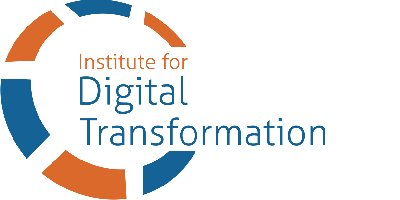Snapshot Research

The rules that have governed how companies operate are changing and no one is really certain of what comes next. Companies need to be comfortable operating with uncertainty and can rapidly adapt to changing markets and directions. Snapshot Research provides innovative analysis capturing the current state of mind of digital professionals.
Current Snapshot Research Project:
Who is Leading Digital Transformation?

Are you a leader or a follower when it comes to Digital Transformation in your organization? Do you think some parts of your organization resist Digital Transformation? Let us know what you think.
This Snapshot Research seeks to identify which parts of an organization are leading digital transformation, which are following, and which are resistant.
What is happening in your organization?
Need meaningful insights quickly and at a fraction of normal costs?
You can sponsor your own Snapshot Research.
Results from Previous Research Project:
Return to Office
With the introduction of vaccines and additional knowledge on Covid-19, society is expected to gradually re-open. However, we’ve become used to working remotely. Is there a need to return to a physical office space, and if so, what are the implications and what will that look like?
While this Snapshot has been open, infection rates and hospitalizations have dramatically fallen. Society and the Workplace have been feeling more “normal.” It is no surprise that this Snapshot has had one of the highest response rates of all our previous instruments. In some cases, the responses have been surprising and in others, not so. In many cases we see the need for future research now that things are more “open.”
Here are some brutal facts:
- About two-thirds of respondents think it is easier to discuss sensitive issues in person than over collaborative platforms. This is not surprising. But further research might be appropriate here. Would you be OK discussing a sensitive issue remotely if it were just one-on-one or is in-person still preferred?
- Preliminary research raised the possibility of “peer pressure” forcing staff to come into the office rather than feel left out. Is there a fear of not being totally connected to the “palace intrigue” of corporate culture? Well, the respondents were evenly divided over this question. Very few “strongly agreed” or “strongly disagreed.” But the rest were evenly distributed. Our conclusion – inconclusive.
- Not surprisingly, over three-quarters of respondents felt it was easier to influence and persuade in person.
Inside the Data
Detail analysis and downloadable reports of all previous Snapshot Research projects can be found here.
Need a Topic Researched?
The Institute conducts Commissioned Research for clients.
For more details:


